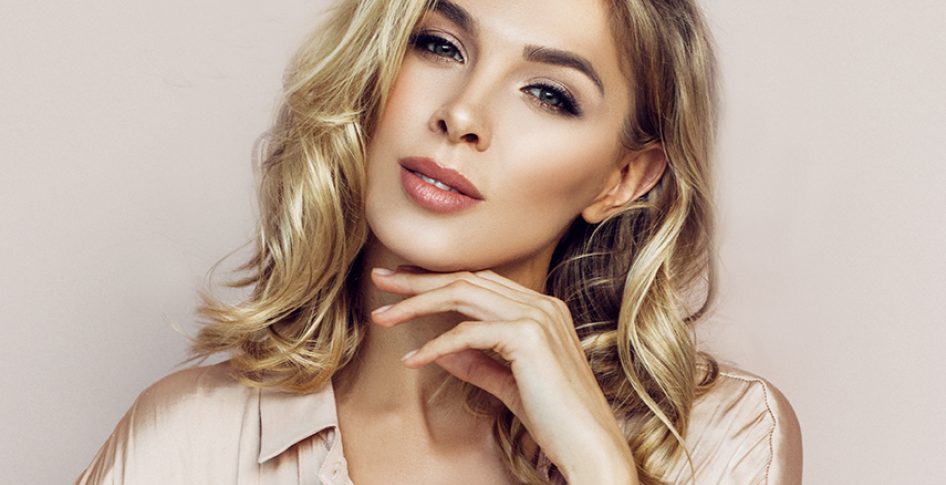Skin Resurfacing the Easy Way

Preventive maintenance, ideally beginning in your early twenties, is the easy way to resurface your skin--before you even need it. At home treatment on a daily basis can prevent many of the changes that would require more aggressive treatment later. Even if you start later, either because the options weren't around earlier, or because you just didn't get around to it, you can get a good amount of improvement from relatively simple home treatment.

Preventive maintenance, ideally beginning in your early twenties, is the easy way to resurface your skin—before you even need it. At home treatment on a daily basis can prevent many of the changes that would require more aggressive treatment later. Even if you start later, either because the options weren’t around earlier, or because you just didn’t get around to it, you can get a good amount of improvement from relatively simple home treatment.
The key to success with this option is consistent and daily treatment with anti-aging cosmeceuticals, botanicals, exfoliants, retinoids and sunscreen. I see patients who start and stop programs, don’t stick with it, and blow off many days of treatment because they are too rushed to stick to a routine or who only wear sunscreen “when I am going to get a lot of sun”. There really is no reason not to get on a program and stick with it. It will pay off in the long run.
The 5 key components are:
- Cosmeceuticals
- Botanicals
- Exfoliants
- Retinoids
- Sunscreen
Cosmeceuticals are cosmetics that have effects on the skin. The main groups are the peptides, antioxidants, growth factors, and vitamins. They improve fine lines, roughness, blotchy pigment, loss of elasticity, dullness, acne, and stimulate collagen production.
Botanicals are plant derived compounds that are used for their antioxidant, anti-inflammatory, exfoliant, moisture balancing, and collagen stimulating properties.
I will talk about skin care, cosmeceuticals, and botanicals more in a future column with specific information about the individual compounds. In the meantime, there is a complete listing of cosmeceuticals and botanicals with their historical use; scientific, botanical, and trade names; and the scientific evidence of activity on the website in our Education Center.
Retinoids include over-the-counter retinol, and the prescription synthetic vitamin A derivatives tretinoin (Retin-A, Renova, Refissa), tazarotene (Tazorac), and adapalene (Differin).
Retinoids enhance collagen and elastin production thereby diminishing wrinkling, improve discoloration and roughness, and reduce pore size.
Retinoids do make you more sensitive to the sun, and should be used with daily sunscreen. We used to tell patients not to use them if they were going to get sun exposure but now we know that, within reason, you may use them as long as you use good sun protection. If you are going to the beach, lake, or skiing discontinue them for a few days before exposure.
They shouldn’t be used by pregnant or nursing mothers.
The current cost of Refissa (1 tube, 40 gm) $146.00; for Tazorac (1 tube, 30 gm) $170.00-180.00; Differin (1 tube, 45 gm) $260.00. One tube of either of these should last you about 4 months or more.
The biggest drawback, and the reason people discontinue them, is that they are irritating to the skin. I often start patients off on every other or every third night use and work up to every night. Another option is to start with the least irritating, Differin, and move up to the more irritating Refissa (for normal-dry skin) or Tazorac (for oily or acne prone skin). In addition you can either mix moisturizer half and half with them or apply moisturizer before (if you are having redness, itching or irritation) or after (if you are just dry) you apply them at night.
You should apply a pea size amount to the face after cleansing and toning in the evening. The skin should be completely dry before application. You should also apply it to the neck, back of the hands and forearms although most people can only apply it there every other night because of irritation. Those areas get aged from sun exposure just like your face. You don’t want to be one of those women who say “I hate the spots on my hands”. And while you are at it remember the sunscreen to neck, forearms and backs of hands. You need both.
Mild stinging, mild redness and mild peeling and flaking may occur during the first several weeks and on occasion when using Refissa, Renova, Retin-A, Differin or Tazorac. This is normal. Flaking is normal, soreness and irritation are not. To help reduce irritation, do not use washcloth, facial brushes, mesh scrubs, daily facial cloths, mineral powder brush or granular exfoliants on the face.
Discontinue these products to affected area 1 week before waxing or bleaching, or before other procedures (peels, microdermabrasion, facial, acne surgery, hair removal, laser treatments as directed.) You don’t want to end up like the bride who waxed three days before the wedding and disaster ensued.
I am a strong advocate of daily retinoid use, I feel that almost every patient desiring to prevent aging, or correct existing damage should use them. There is so much proven scientific data behind them they are still considered the gold standard in topical anti-aging treatment.
Daily, year round, sunscreen use is essential or you are just undoing what you are trying to do. Once again I refer you to my post “Quit complaining and wear your damn sunscreen”. Just do it.
If you start early on a home preventative anti-aging program you will have to do less later on and you will look better both today and tomorrow. It is never too late to start, you will see improvement. Stick with it. It is really a no-brainer.
Next: A tune up: In office treatment for early or moderate changes